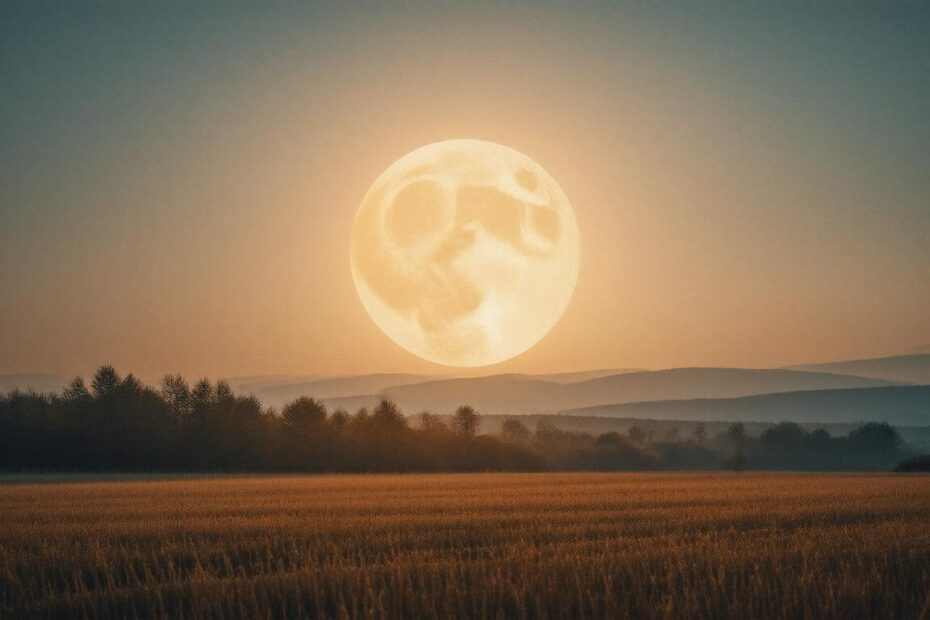🌟 Daily Awakening Quiz 🌟
The Harvest Moon, renowned for its stunning amber hue and monumental presence near the horizon, is a captivating celestial phenomenon that occurs annually in fall. Primarily observed in the Northern Hemisphere, this full moon plays a significant role in agricultural traditions and offers a unique visual spectacle each year. Understanding the intricacies of the Harvest Moon and its enchanting appearance not only deepens our appreciation for the cosmos but also connects us to ancient customs.
What Makes It the Harvest Moon?
The term "Harvest Moon" refers specifically to the full moon that falls closest to the autumn equinox, which typically occurs around September 22 in the Northern Hemisphere. In 2024, the Harvest Moon will light up the night sky on September 18, just before the equinox. This full moon is essential for agricultural communities, historically providing additional light for farmers to gather their crops during the autumn harvest.
As the seasons change, the full moons typically rise about 50 minutes later each night. However, during the week of the Harvest Moon, this phenomenon alters due to the moon’s position relative to the sun. In effect, the moon rises only about 20 to 25 minutes later each night, allowing for bright moonlit nights that coincide with sunset. This phenomenon offers evenings filled with radiant moonlight, making it a valuable companion for those working late into the night.
The Illusion of Size and Color
One of the defining features of the Harvest Moon is its striking orange color. This vivid appearance is a result of the moon’s position near the horizon, which causes it to shine through a thicker layer of Earth’s atmosphere. As the light passes through this atmospheric thickness, shorter blue wavelengths are scattered, leaving the longer red wavelengths to dominate our view. Consequently, the moon appears larger and more colorful as it rises at or after sunset.
Interestingly, despite the Harvest Moon’s impressive size as it rises above the horizon, this is largely an optical illusion. The moon does not increase in physical size; instead, our perception plays tricks on us. When the moon is positioned against the horizon, it appears larger due to a psychological effect known as the “moon illusion.” This phenomenon is not exclusive to the Harvest Moon; it applies to all full moons viewed near the horizon.
Cultural Significance
Beyond its astronomical features, the Harvest Moon carries rich cultural significance. Many traditions and celebrations are intertwined with the full moon, including moon festivals such as the Mid-Autumn Festival celebrated in various Asian cultures. During these events, families gather to enjoy mooncakes and partake in festivities that honor the harvest season.
The glow of the Harvest Moon is not only a natural spectacle but also a reminder of the connection humans have to the rhythms of nature. In historical contexts, it signified a time of bounty and preparation for the colder months ahead, emphasizing the importance of community and labor.
Conclusion
The Orange Harvest Moon is more than just an astronomical event; it is a blend of science, tradition, and beauty. As the skies darken in autumn, its vibrant glow invites us to reflect on the cycles of the earth and our place within it. Whether you are an avid astronomer or simply someone who enjoys gazing at the night sky, the Harvest Moon offers a magical experience that reminds us of the wonders of the natural world. So, this fall, take a moment to step outside, look up, and embrace the glow of the Harvest Moon.

